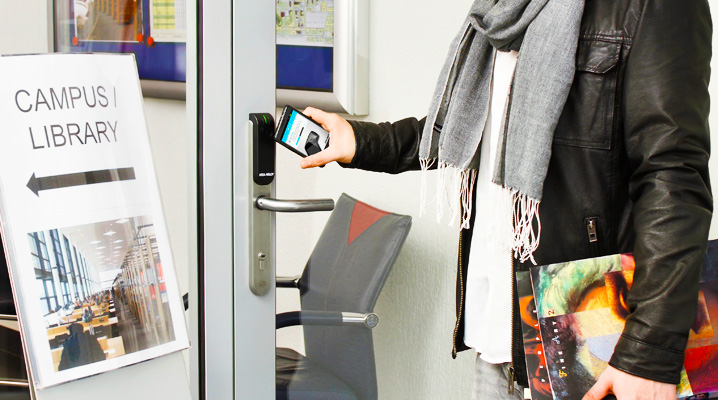Deciding where to go to university is a major decision and there are several websites that offer impartial information to help prospective students make their choices. One site, The Complete University Guide, offers information on an important consideration for many students-to-be: crime rates. Although the data provided on the site isn’t specifically about crime targeted at students, it does give an idea of how areas are doing overall. Look at the table for England and Wales in 2018 and it shows locations like York and Reading faring quite well. Institutions from locations including Manchester, Leeds, Liverpool and Bolton however find themselves in the unenviable situation of being in the bottom ten.
How can universities be made more secure?
In fairness, the statistics do cover a whole range of crimes including burglary, theft and violent and sexual offences and many of those will have occurred outside the universities themselves. And obviously universities can’t control what’s happening on the streets of the town or city in which they’re located. But they do have significant control over the level of security on their campus and in their buildings to reduce risks like theft and to ensure the physical security of students, staff and other visitors to their sites.
Universities need to strike a balance of course. While people and property must be protected, no one wants to hinder anyone from being able to get around quickly and easily; buildings must remain accessible. With many universities holding conferences during holidays, or offering accommodation, flexible access is essential. Having manned security is sometimes part of the solution but it isn’t practical across an entire university, especially given ongoing financial pressures.
The role of access control in improving university security
But options like access control offer a cost effective alternative that can cope with the variety of security demands placed on universities. With so many different buildings - academic facilities, libraries, halls of residence, athletics and sports facilities, canteens, offices and so on - used for so many different things, having a control system that can cope with various levels of access can be a major boost to security.
There are several kinds of access control systems available. Smartcard technology offers a great deal of flexibility and choice when it comes to access control. Access rights can be quickly and easily modified and updated. The system can be enhanced by installation of CCTV at control points to facilitate an immediate diagnosis of alarm events and door activity. Many cards offer security features to limit the risk of them being lost then picked up by opportunists who want to use them to facilitate crime. Some cards have to be used in conjunction with PIN numbers. Some can be set up to deactivate automatically if the card hasn’t been used within a set time period. Access control cards don’t only have to provide access to buildings either. It’s possible to integrate the system so it can become, for example, an ID card and a card for use in university libraries, in cashless vending and for registration onto particular courses.
Some access control systems don’t use cards at all. Instead they require biometric verification using unique features such as fingerprints to provide authorisation to enter. Even if this isn’t suitable across the entire university, it could certainly be an option for securing areas deemed high risk in your security risk assessment.
Using access control to manage who gets out as well as goes in
Many university walk-in thefts and burglaries are due to thieves ‘tailgating’ behind someone else to get into a building. Having committed the crime, they then find the closest external door to make their escape. Making it harder to leave the building undetected can be a significant deterrent, increasing the chances of them being spotted and caught. Provision must be made for people without their card to be able to exit the building in an emergency: for instance, by having a green emergency break-glass door release button fitted.
Don’t forget that access control always needs to be backed up by good security behaviours. Remind students and other building users of the basic safety tips like locking rooms even if they are just popping out for a moment. It’s also important to educate them on the risk of tailgating to prevent people getting access to places they shouldn’t be in. For more information about access control, or to discuss integration with pre-existing systems, please contact us.
One complete fire and security solution
Need a local team to help with fire safety and security?
